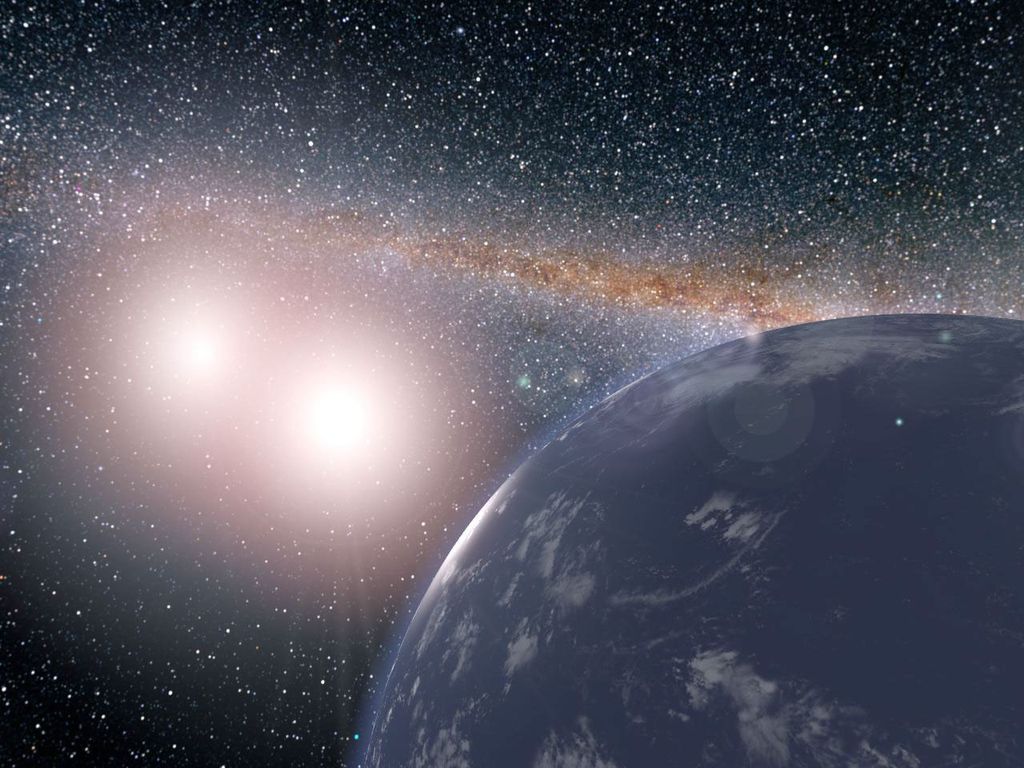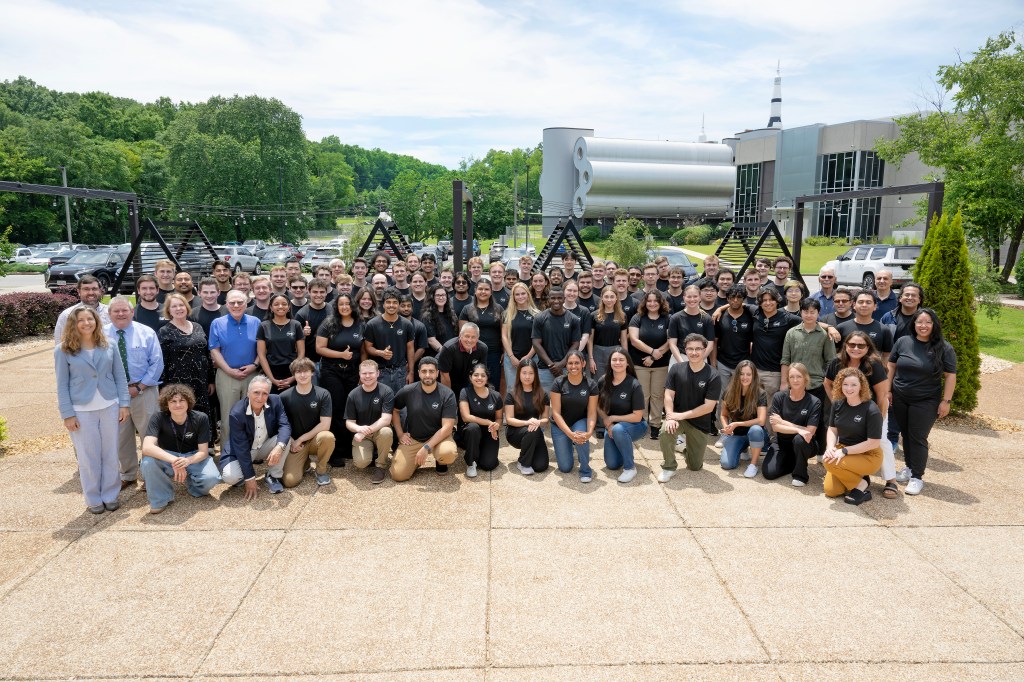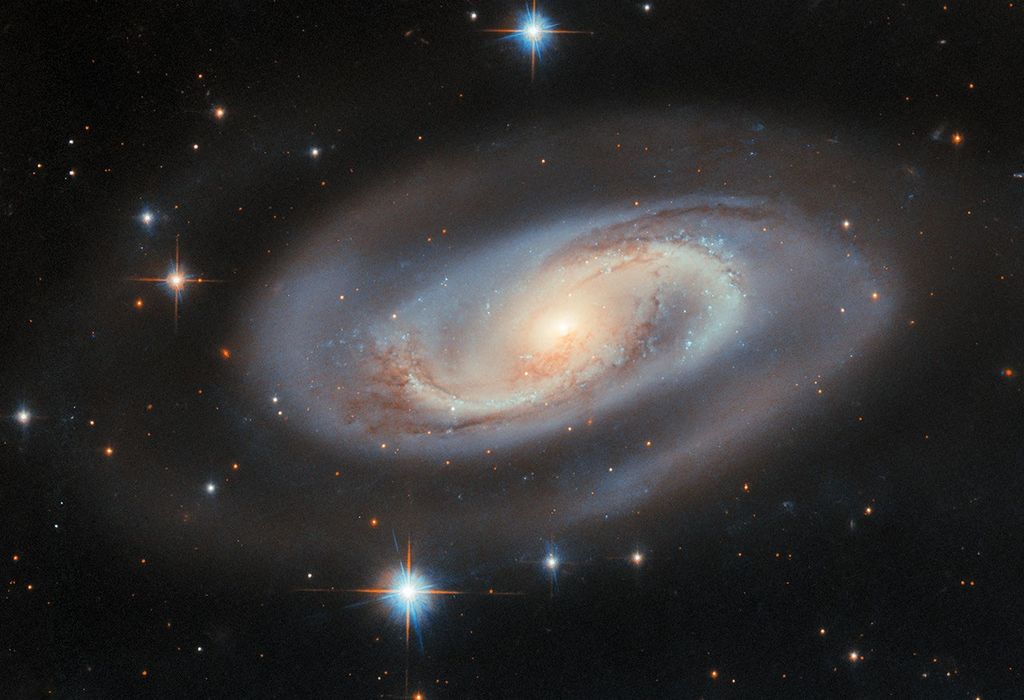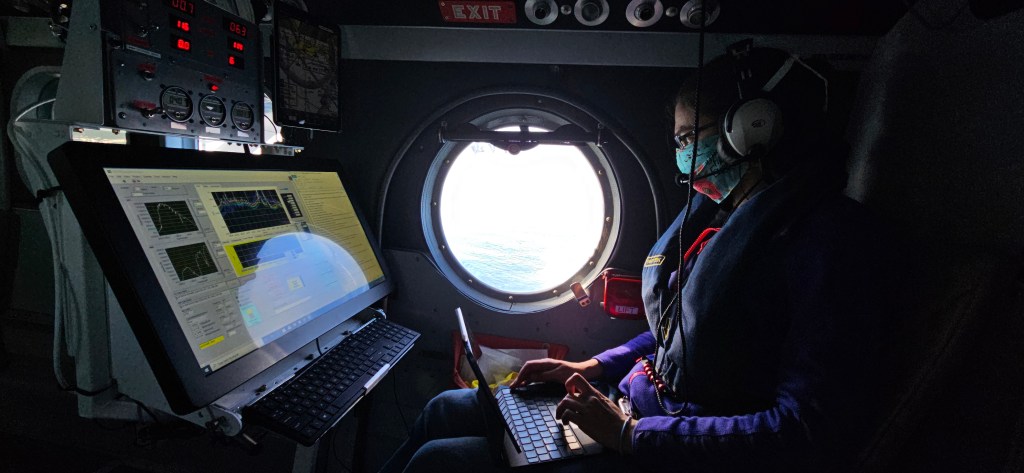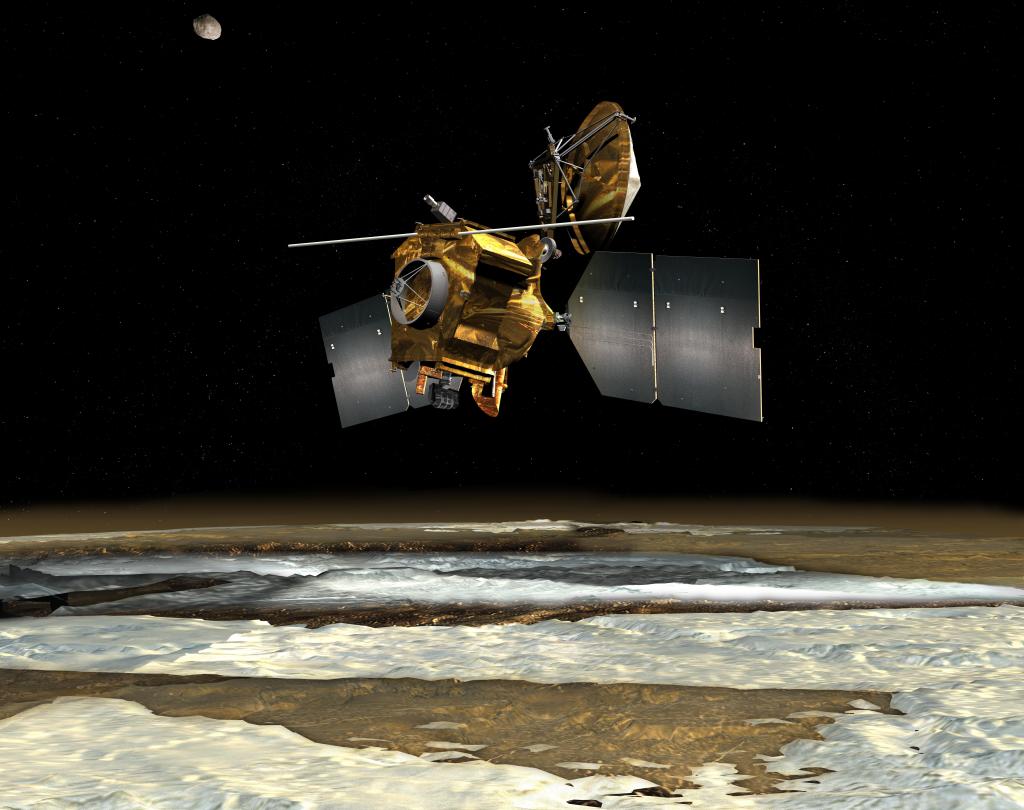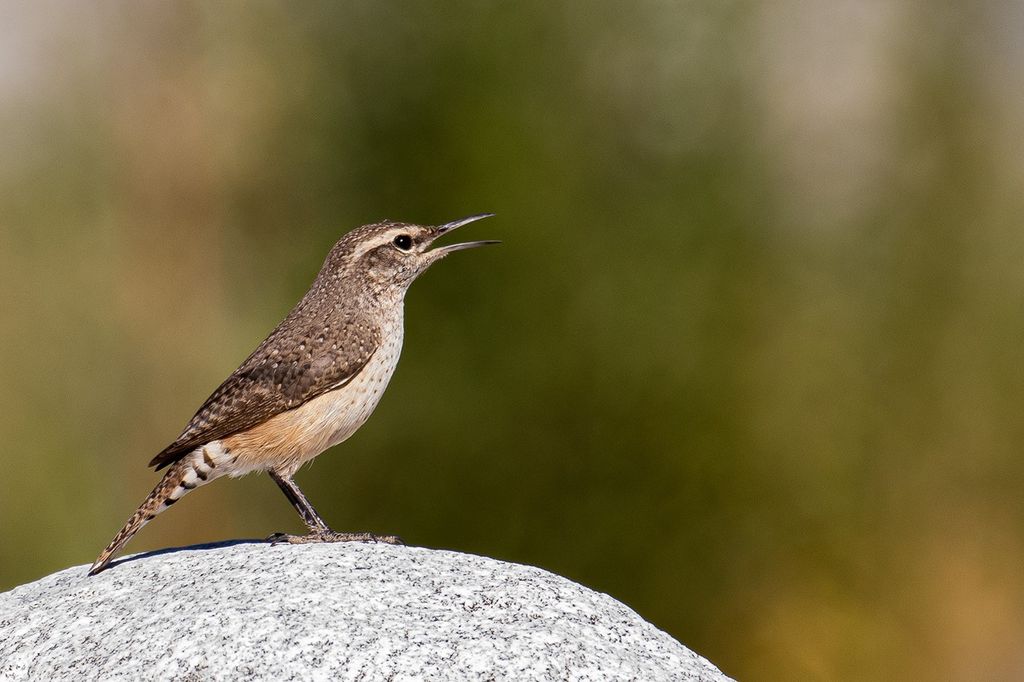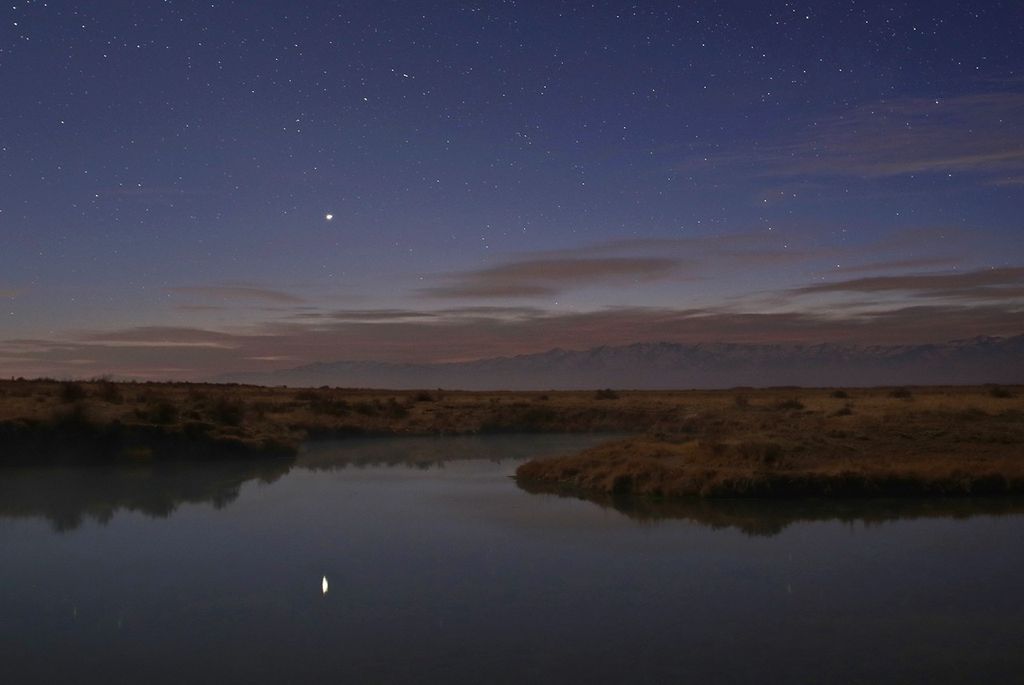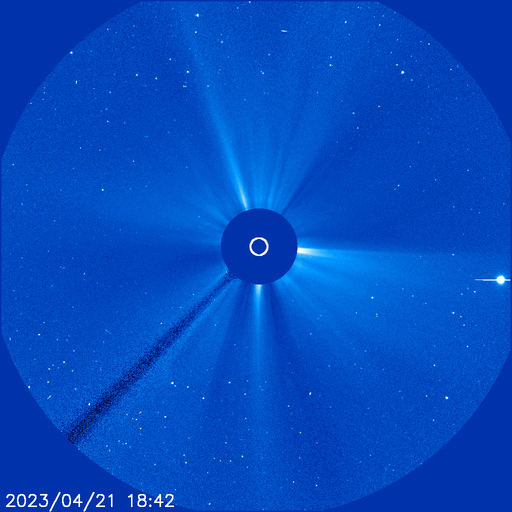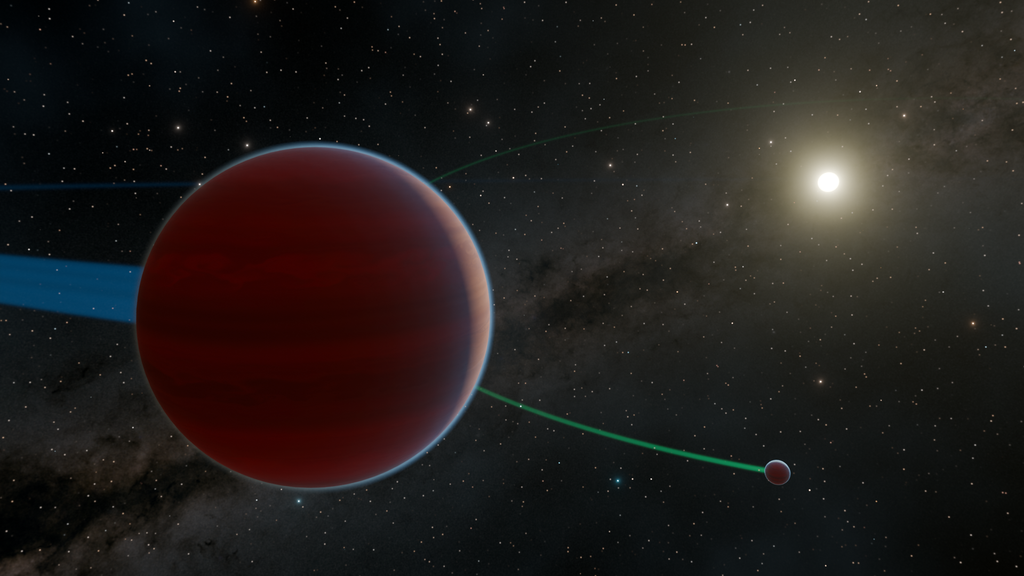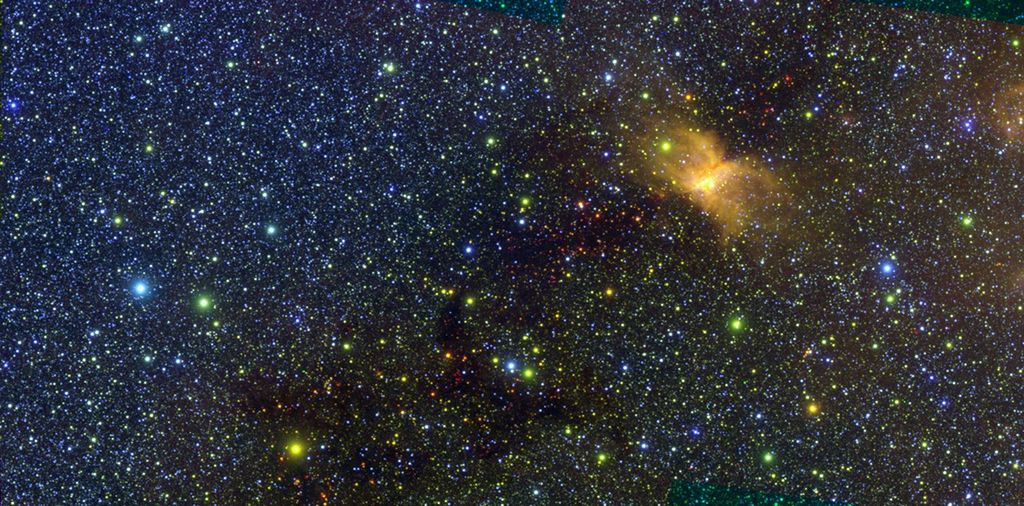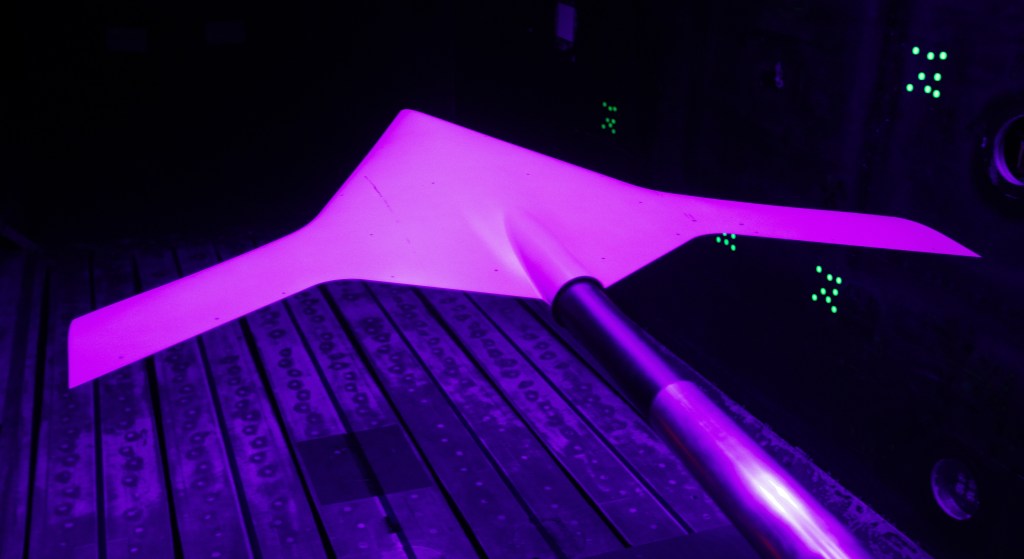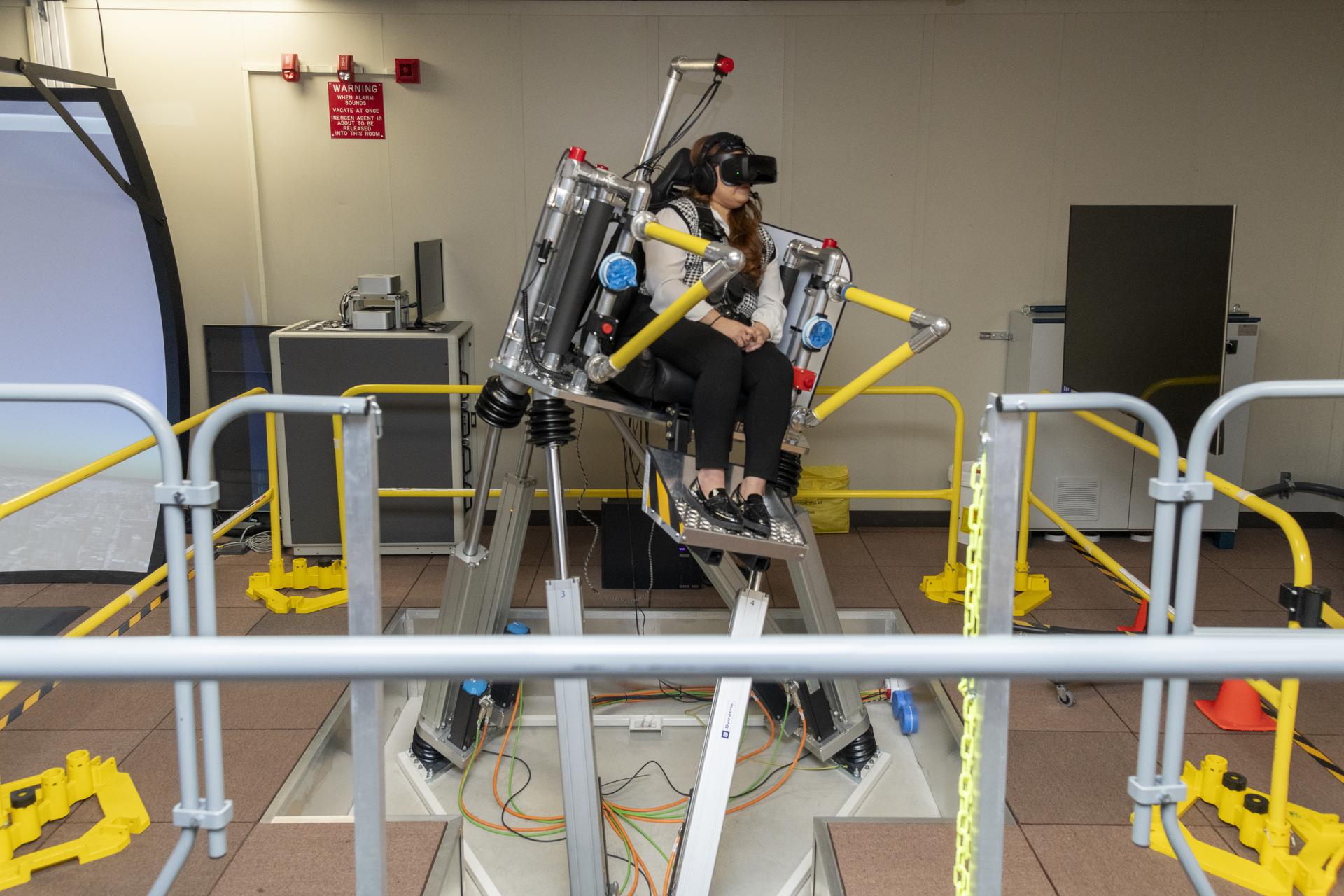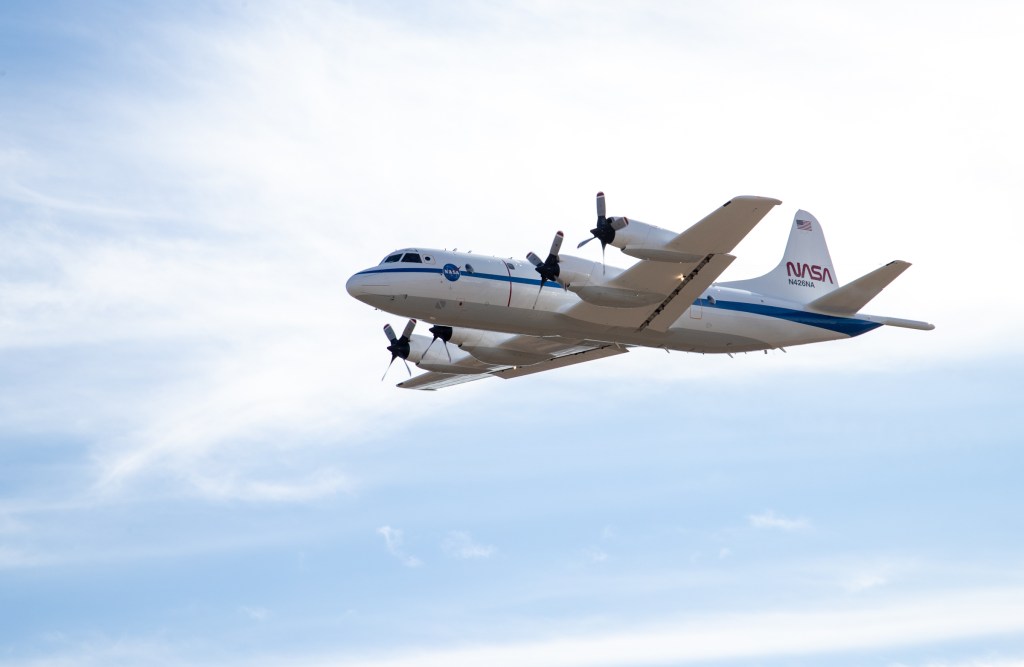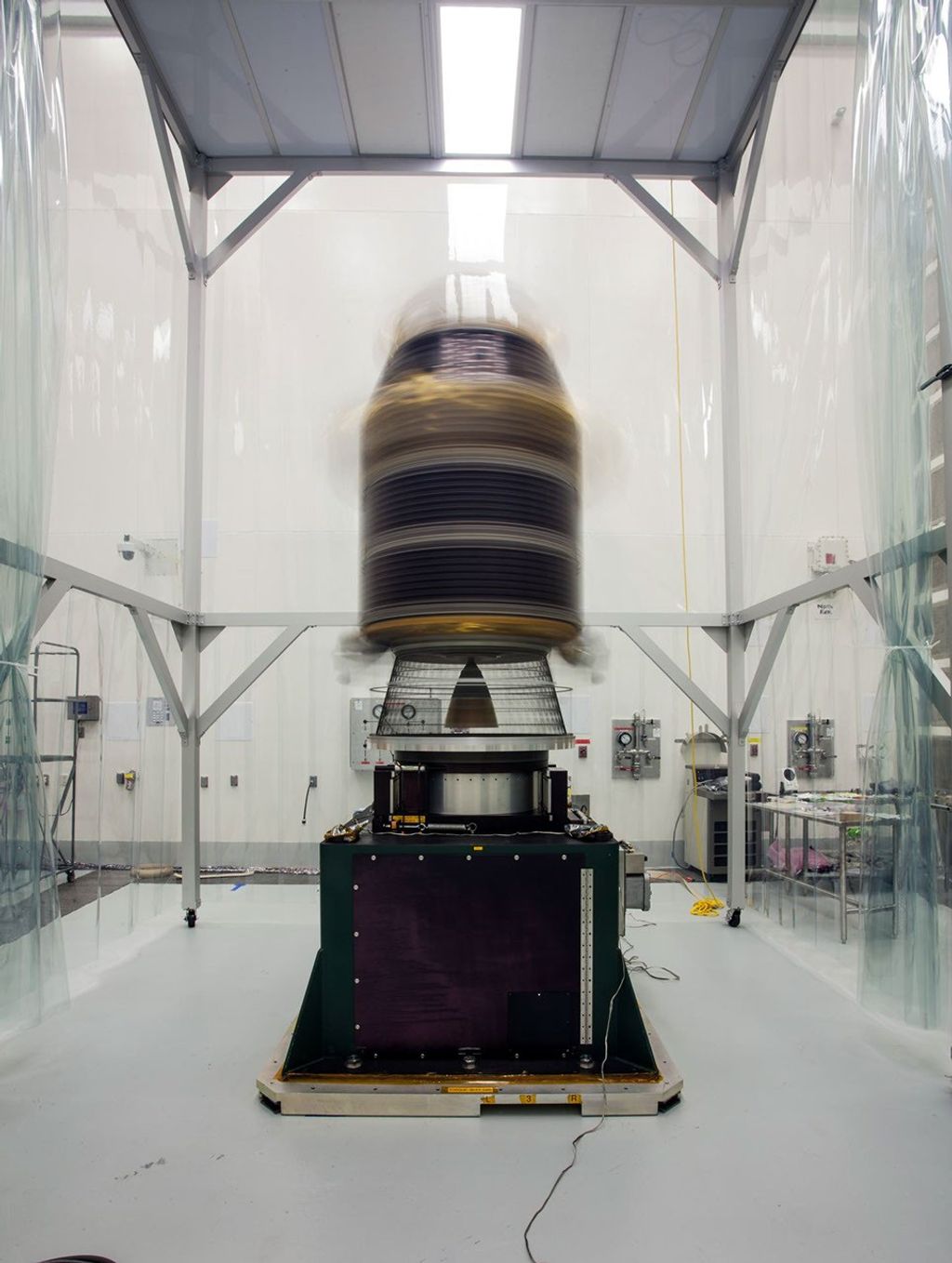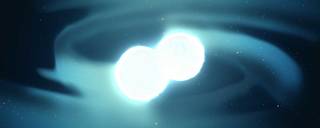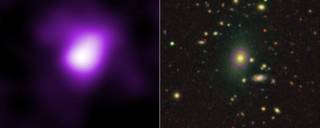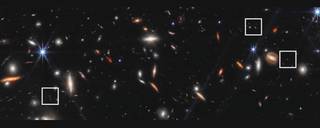A Weekly Summary of Top Content from Marshall, January 9 – January 13, 2023
Week of January 9 – January 13, 2023
The Enduring Stellar Lifecycle in 30 Doradus
The largest and brightest region of star formation in the Local Group of galaxies, including the Milky Way, is called 30 Doradus (or, informally, the Tarantula Nebula). 30 Doradus has long been studied by astronomers who want to better understand how stars like the Sun are born and evolve. NASA’s Chandra X-ray Observatory has frequently looked at 30 Doradus over the lifetime of the mission; data will continue to be collected and analyzed, providing opportunities for scientists both now and in the future to learn more about star formation and its related processes.
NASA’s Retired Compton Mission Reveals Superheavy Neutron Stars
Astronomers studying archival observations of powerful explosions called short gamma-ray bursts have detected light patterns indicating the brief existence of a superheavy neutron star shortly before it collapsed into a black hole. This fleeting, massive object likely formed from the collision of two neutron stars.
Astronomers Dig Out Buried Black Holes with NASA’s Chandra
Hundreds of black holes previously hidden, or buried, have been found using NASA’s Chandra X-ray Observatory. This result helps give astronomers a more accurate census of black holes in the universe. The black holes in this new study are the supermassive variety that contain millions or even billions of times the mass of the Sun.
NASA Barge Delivers Transportation Stand to Support Crewed Artemis Mission
Crews from NASA’s Marshall Space Flight Center in Huntsville, Alabama, offloaded a transportation stand from NASA’s Pegasus barge Jan. 7. The barge ferried the stand from NASA’s Kennedy Space Center in Florida, where it was used to transport the launch vehicle stage adapter of the Space Launch System (SLS) rocket for Artemis I.
NASA’s Webb Telescope Reveals Links Between Galaxies Near and Far
A new analysis of distant galaxies imaged by NASA’s James Webb Space Telescope shows that they are extremely young and share some remarkable similarities to “green peas,” a rare class of small galaxies in our cosmic backyard. Green pea galaxies were discovered and named in 2009 by volunteers taking part in Galaxy Zoo, a project where citizen scientists help classify galaxies in images.
For more information or to learn about other happenings at NASA’s Marshall Space Flight Center, visit NASA Marshall. For past issues of the ICYMI newsletter, click here.

